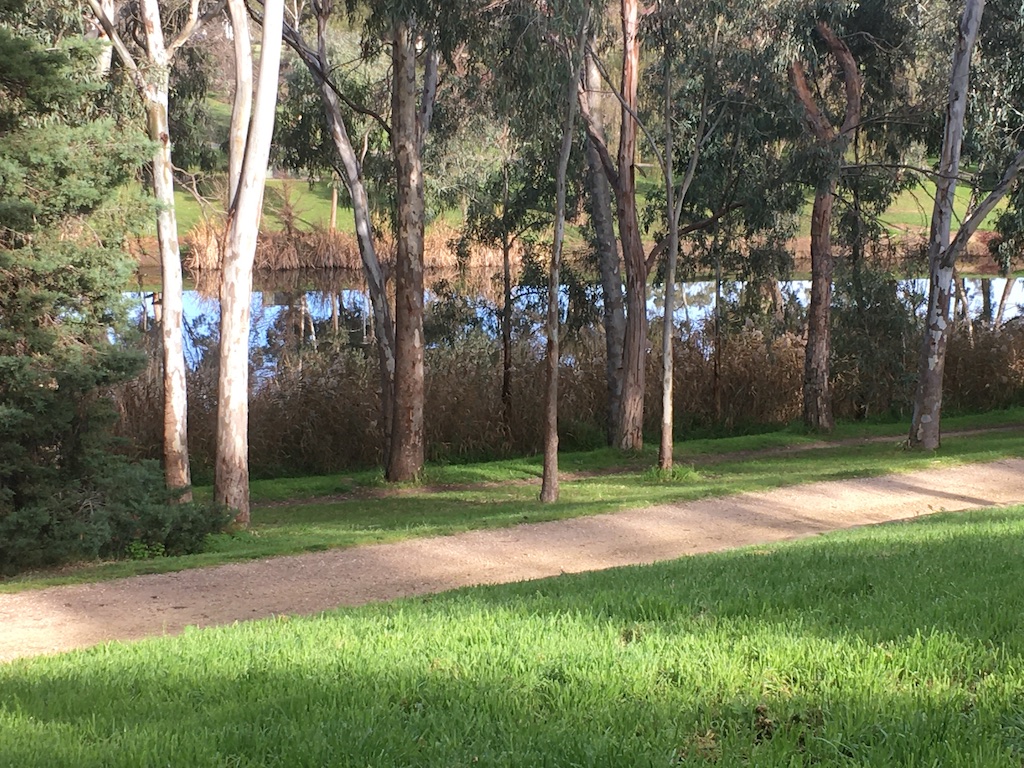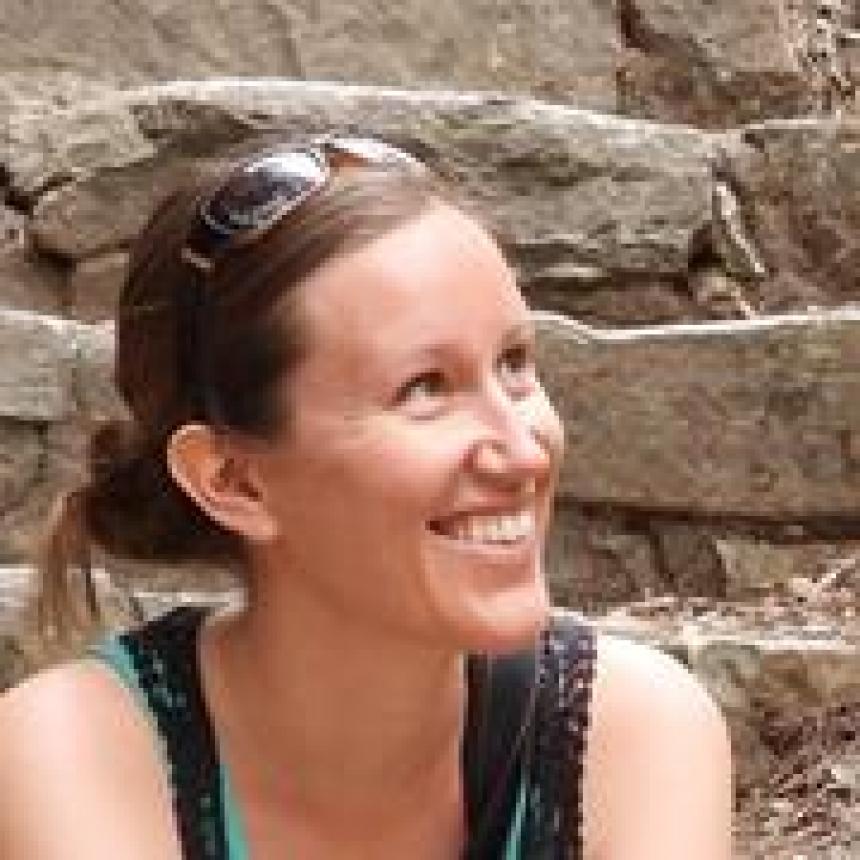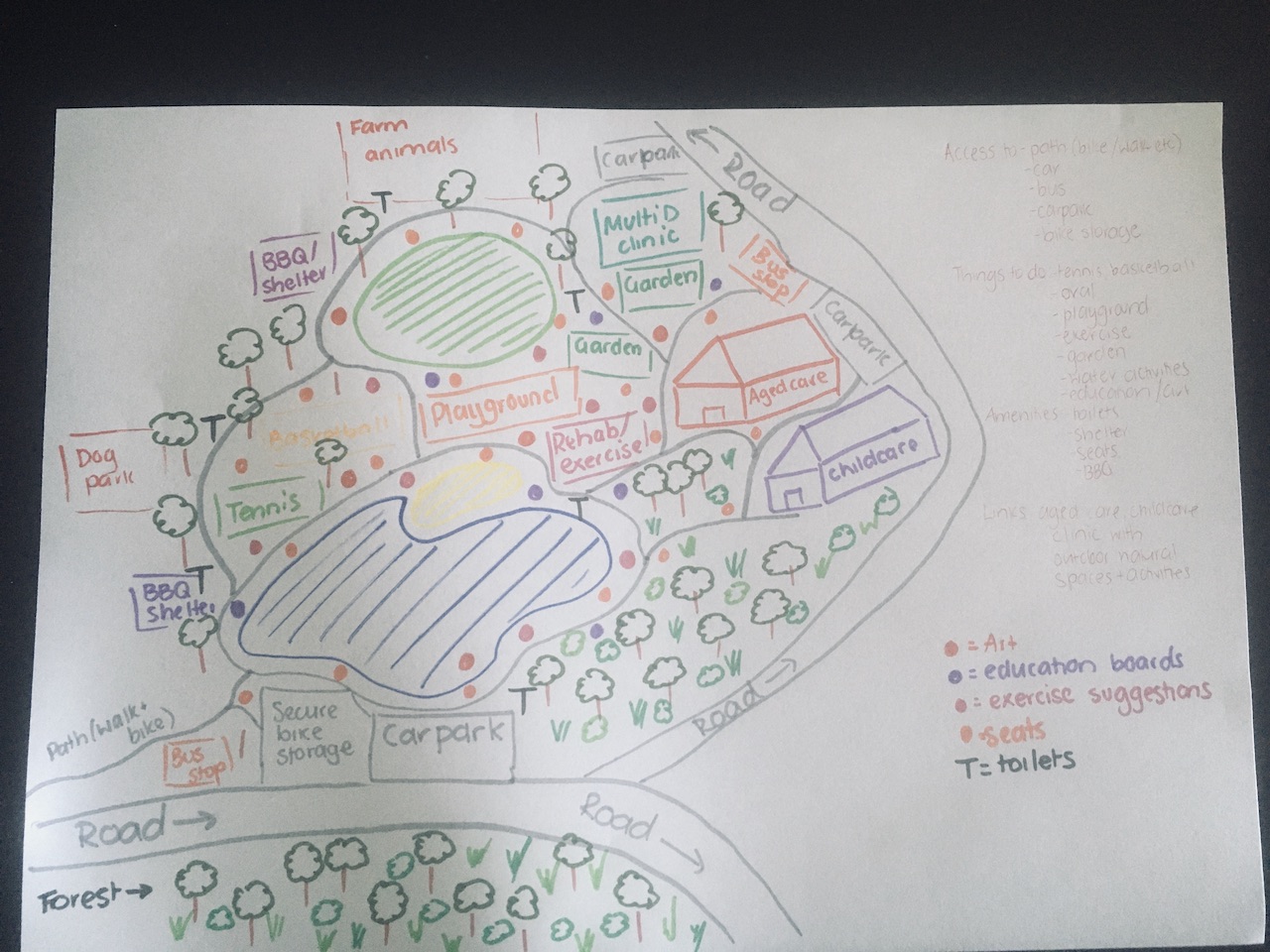
Environmental exposure as a foundation for health and wellbeing
Introduction and context in the curriculum
Here, we introduce our content regarding environmental health in the undergraduate allied health programmes at the University of Adelaide, Australia. This content sits within our first year, first semester Foundations of Health and Wellbeing course; a course undertaken by physiotherapy, occupational therapy and speech pathology students. The course is run across 12 weeks and has online content and a 2-hour workshop each week. The course includes determinants of health (as per the Dahlgren-Whitehead rainbow model), Indigenous health, health promotion, Australian health system, primary health care, public health, and global health. The environmental health content was delivered in Week 3 alongside socioeconomic and cultural factors, and students had covered what health and wellbeing are, the ICF framework in Week 1, and health promotion (including the Ottawa Charter) in Week 2.
-
- Identify key conditions which shape health and wellbeing.
- Explain how the natural, built and virtual environment impacts the health and wellbeing of individuals.
- Explain how the determinants of health framework can be applied by health professionals including allied health practitioners, health promotion workers and government to better understand health and illness.
Relevant frameworks
The environmental health content sits within the outer part of the Dahlgren-Whitehead rainbow; socioeconomic, cultural, and environmental conditions. When we taught the content, we started with the outside of the rainbow and worked our way in, so this content was really an introduction to determinants of health.
While the Dahlgren-Whitehead rainbow model was the main framework used, we also introduced students to the Barton and Grant model; a model specific to health and wellbeing in cities, which separates the built environment, natural environment and global ecosystem into separate layers.
This module also drew upon the ICF Framework and Ottawa Charter, reinforcing content from the previous weeks, while allowing students to start to apply these frameworks in different contexts.
Module structure
The online environmental health content included:
-
- the Dahlgren-Whitehead rainbow model;
- the Barton and Grant model;
- defining the environment, including the natural, built and virtual environments;
- examples of how the environment influences health and wellbeing, with a focus on Australian environmental health concerns (e.g. heat, air pollution from bushfires, coal-fired power plants, transport and factories, storms, droughts);
- designing healthy cities; and
- allied health interventions related to the environment (e.g. green space exposure, active transport, connecting with nature).

Jessica Stanhope (PhD)
Lecturer, University of Adelaide
Dr Jessica Stanhope is a researcher and educator with a background in physiotherapy and epidemiology. She has extensive experience in cross-disciplinary research and a particular research interest in how healthy ecosystems help improve human health outcomes.
The main reading for this week was Chapter 3 ‘Ecological sustainability and human health and wellbeing’ of Taylor, J, O’Hara, L, Talbot, L & Verrinder, G 2021, Promoting health : the primary health care approach, 7E. edn, Elsevier Australia, Chatswood, NSW.
Three readings were taken from Moving Earth (Environmental Physiotherapy Association) to help link environmental health with allied health practice:
Students also watched Paulina Lis’s TEDxSanDiego talk Designing cities for sustainability, resilience and happiness.
The 2-hour workshop related to environmental health involved 3 main activities. In the first activity, students were asked to design a green space to improve health and wellbeing in small groups (3-4 students). Prompt questions were:
-
- What needs to be in your green space?
- Where would you suggest the green space be located?
- How would you encourage people to use it?
- What are some of the potential partnerships involved in the development and maintenance?
- How might a health professional be involved in the green space?
- Which aspects of the Ottawa Charter actions are you targeting?
- How might the green space intervention link to socioeconomic and cultural factors?

In the third activity, students were assigned a condition (stroke, major depression, asthma) and in group of 3-4 were asked to list socioeconomic, cultural and environmental factors that may influence this health condition. As the students worked through the layers of the rainbow in subsequent weeks they added to this document.
Moving forward
These activities worked well, and students enjoyed working outside. We actually ended up teaching outside of most of the semester! Moving forward we will teach the Dahlgren-Whitehead rainbow model from the inside (biological factors) to outside (socioeconomic, cultural and environmental factors) as we think students will find it easier to start where they think allied health focuses and then work their way out.
Get in touch
🇬🇧 We would love to hear from you and continue the conversation about our environmental health teaching initiative. If you have any feedback, questions or ideas that you would like to share with us, please contact Dr Jessica Stanhope via email or use the comment form below.

0 Comments